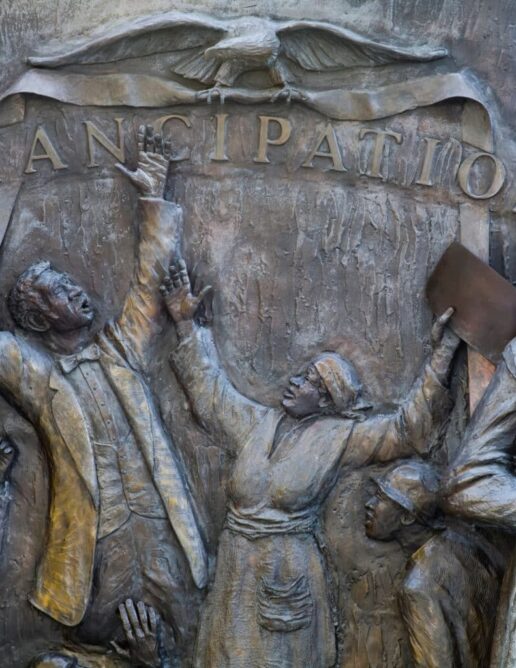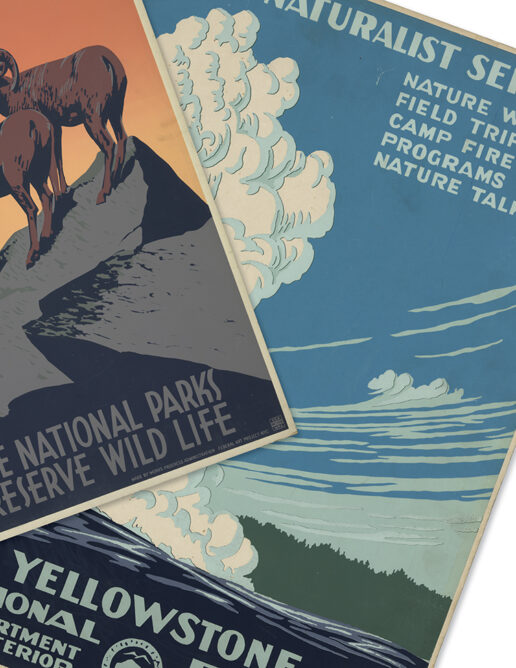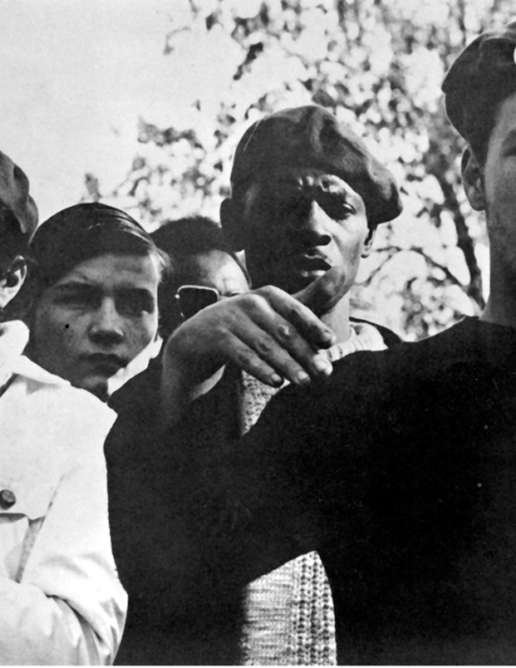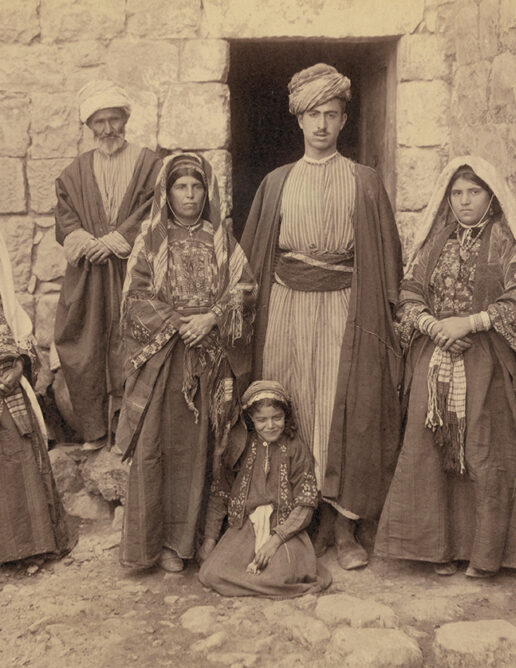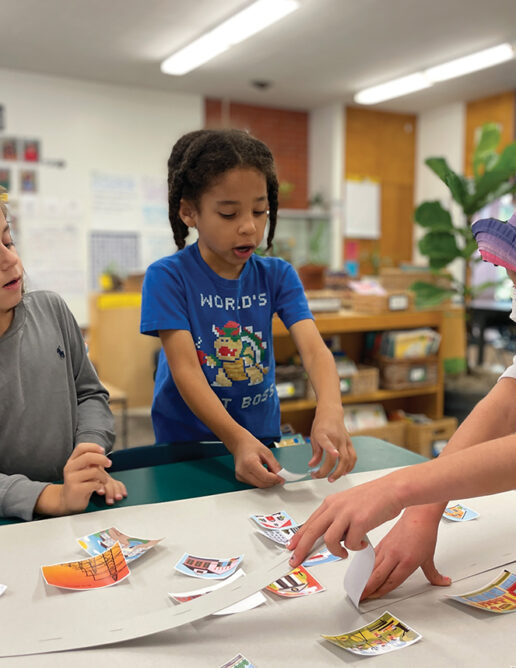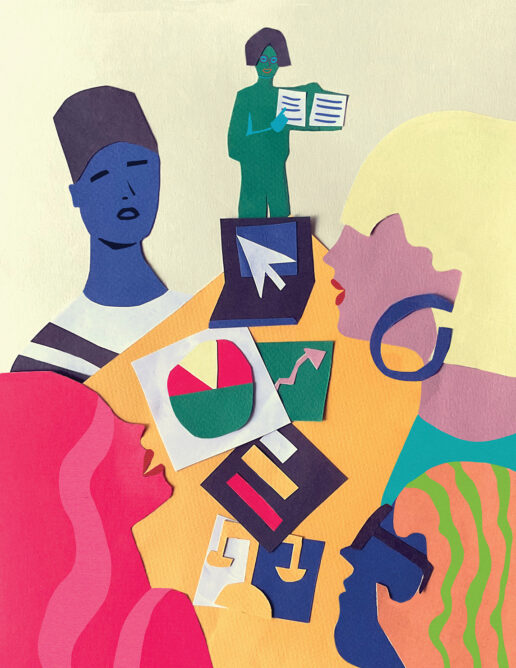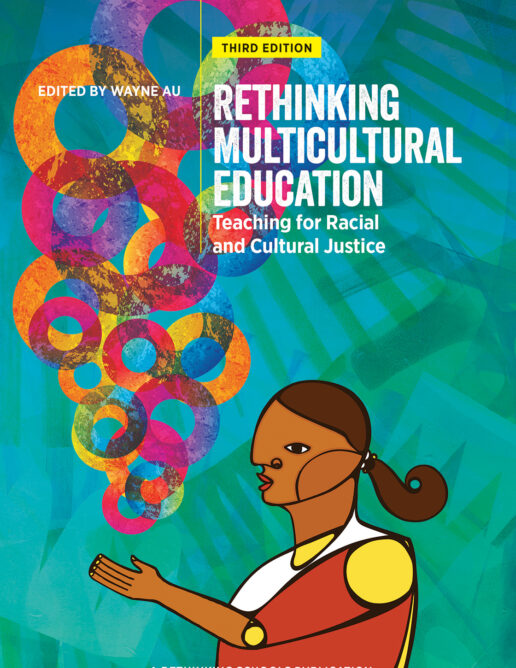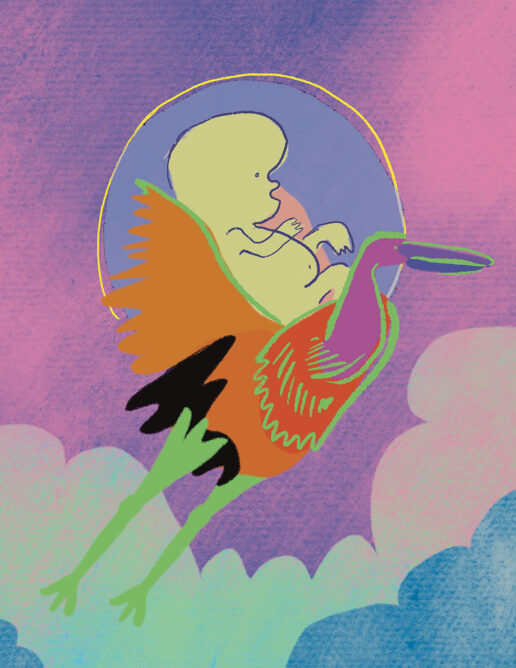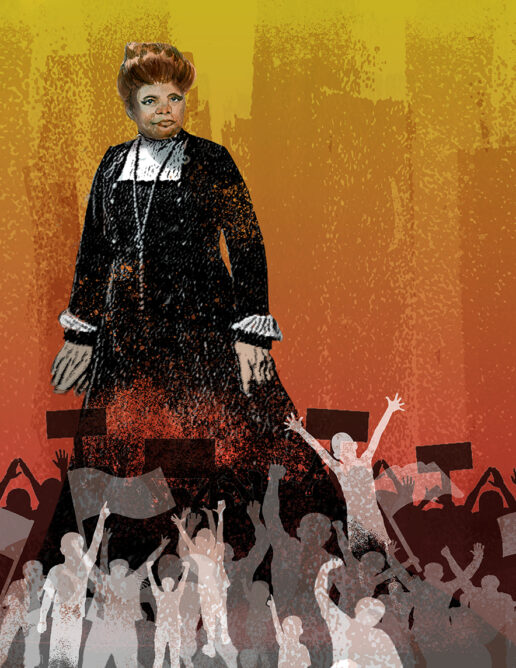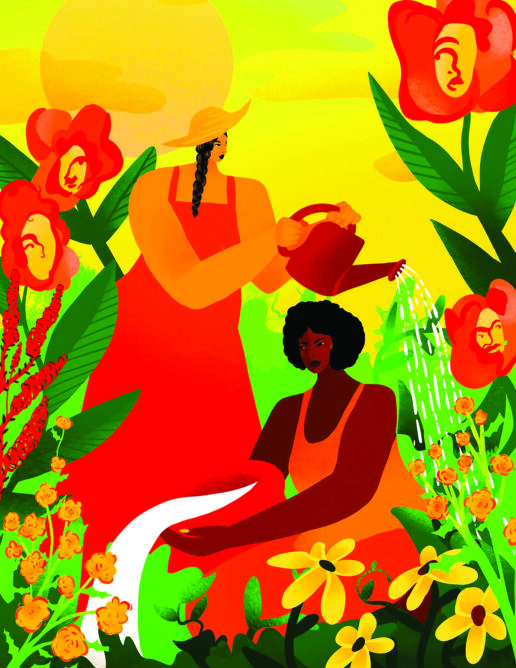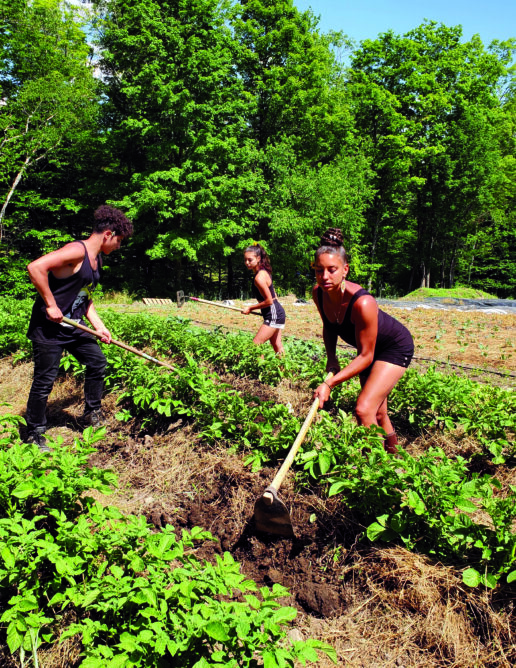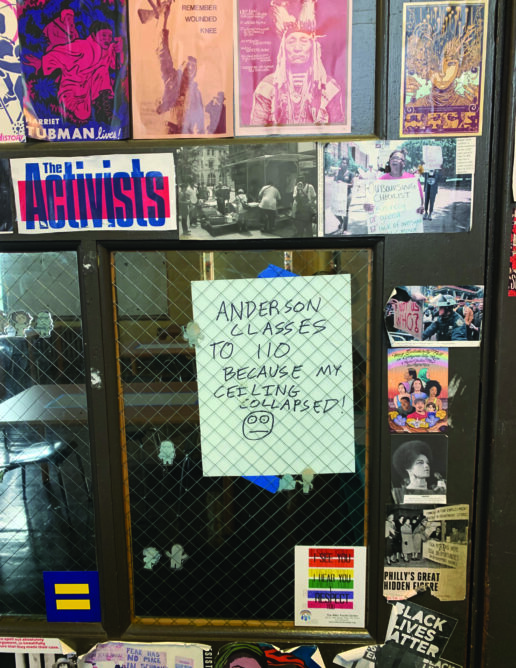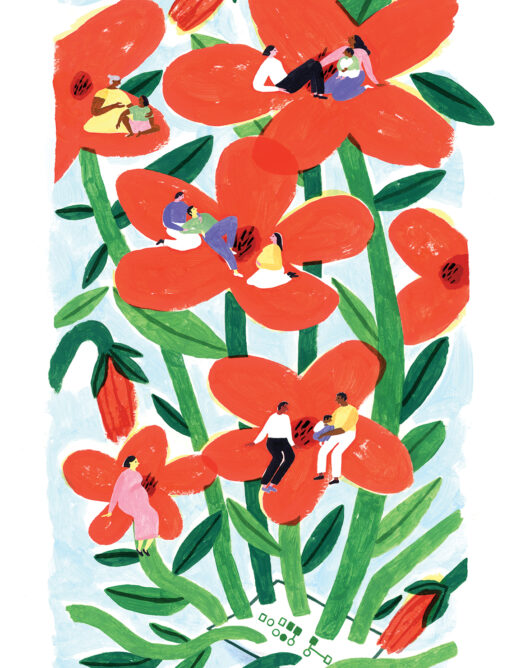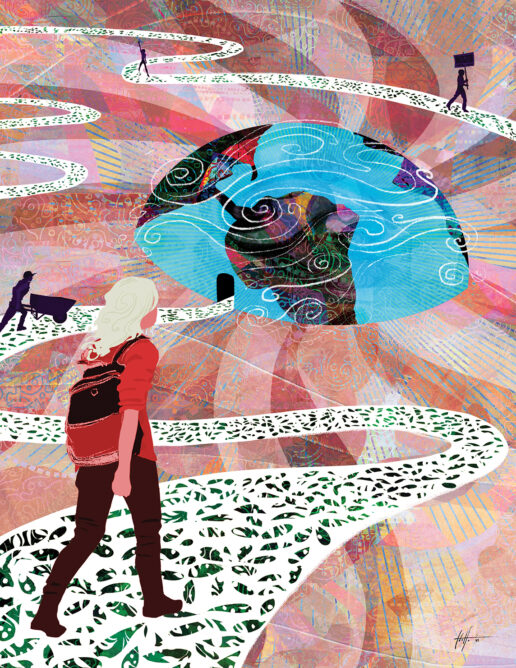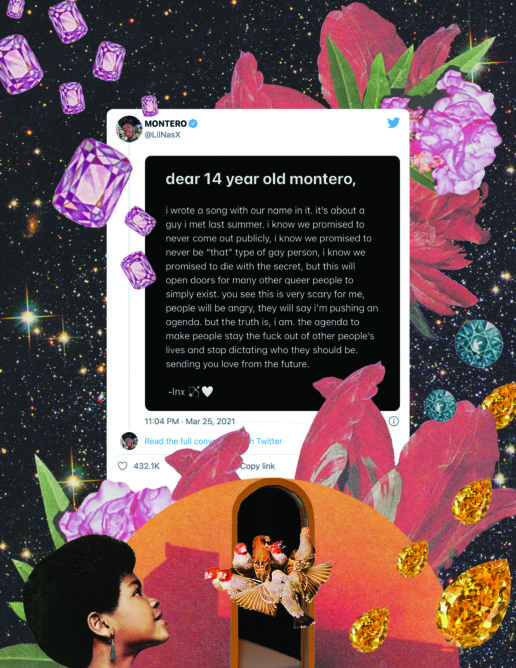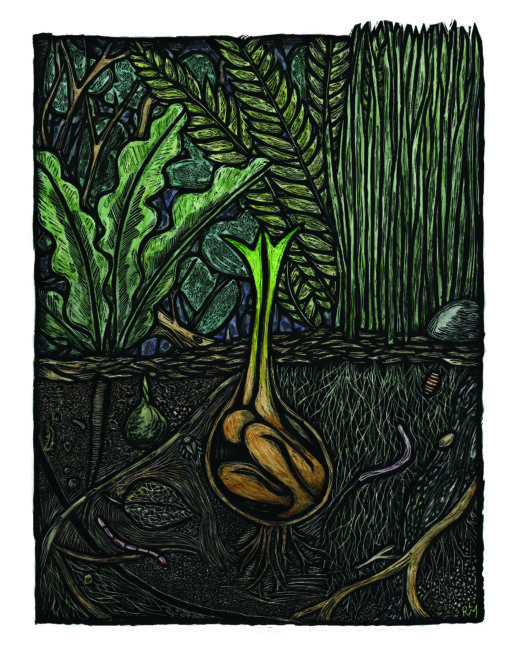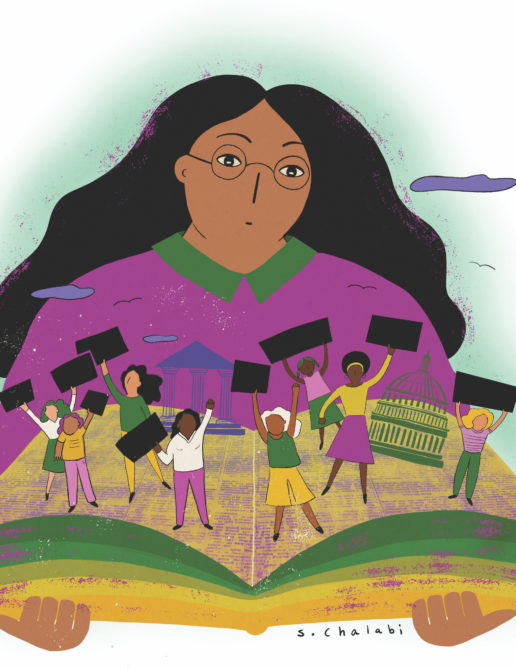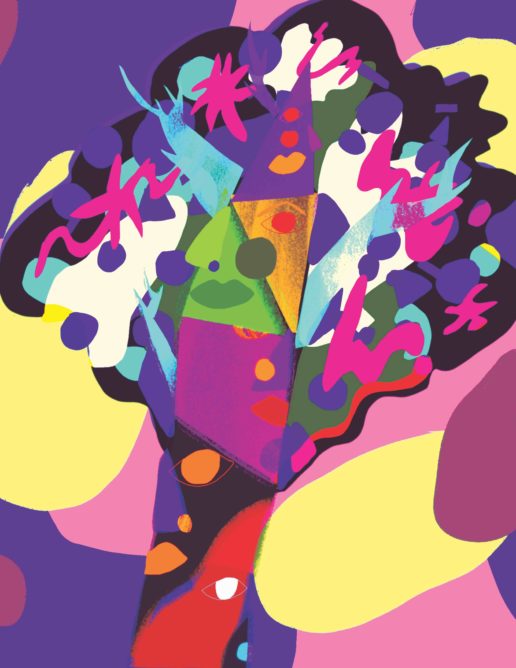Transgender Justice in Schools provides inspirational stories from trans students and educators and resources for teachers, students, and parents seeking to build communities where everyone flourishes. This book will educate, […]
An environmental justice teacher encourages students to critically examine proposed solutions to climate change.
Bigelow details a new mixer lesson about the roots of Zionism in the classroom — and its relevance for today’s crisis.
A high school language arts teacher writes about the power of students interviewing family and friends to develop migration narratives.
Christensen describes teaching high school students about new anti-LGBTQ+ laws — and the growing resistance to them.
Juneteenth — June 19th — also known as Emancipation Day — is one of the commemorations of Black people seizing their freedom in the United States. Below is a list of resources […]
An environmental justice teacher engages students in an examination of the problematic history of national parks.
A Chicago educator discusses the creation of a new curriculum on the Young Lords, one of the most imaginative and effective organizations of the 1960s.
Bigelow describes a new lesson on the roots of the violence in Palestine — and argues that history shows that anti-Zionism is not automatically antisemitism.
An early elementary teacher details an engineering unit. Students design a model community — with no police or banks — in which everyone gets what they need.
A high school English teacher describes how she encouraged students to disrupt and speak out against rape culture while reading the novel Speak.
Practical, rich in story, and analytically sharp, Rethinking Multicultural Education can help current and future educators as they seek to bring racial and cultural justice into their own classrooms.
An 8th-grade teacher creates inclusive resources about human reproduction with his students.
A high school social studies teacher describes his mixer lesson in which students learn about the radical Ida B. Wells by taking on roles from various times in her life.
Christensen has students reimagine literature and their own stories to talk back to and disrupt injustice — and build solidarity.
Swinehart highlights the work of Leah Penniman to teach about the connection between food and racial justice.
A high school teacher has students problematize the conditions of their school to learn about funding disparities and the disastrous effects of district debt.
A biology teacher describes inclusive teaching about families; sexual, reproductive, and parenting behaviors; and models of heredity.
To imagine a better future, high school students role-play activists at a visioning conference and then create murals.
The letters are sweet and encouraging — had they been delivered, they could have changed their recipients’ lives.
I hope that centering Indigenous voices in the classroom and school garden will teach my students the value of Indigenous ways of knowing. As they develop an awareness of the social injustice and resilience that characterizes the stories of Indigenous peoples and their food cultures, I want them to be dissatisfied with the absence of Native narratives and seek out the voices of the tribes themselves.
There is no end-point in the fight for justice and equality, no moment when the argument is finally settled. As Angela Davis has said, “Freedom is a constant struggle.” Although that proposition seems exhausting, it is also hopeful. If our wins are never wholly secure, then neither must our losses be permanent. The struggle for reproductive justice continues, and our curriculum must nurture our students’ capacity to envision and participate in its next stages.
A 5th- and 6th-grade teacher asks her students to wrestle with what “identity” and “intersectionality” mean.
I recently stumbled across a podcast that made a wonderful addition to my students’ study of the climate crisis — As She Rises.
A kindergarten teacher helps students investigate issues of environmental justice — like access to green space — in their communities.






